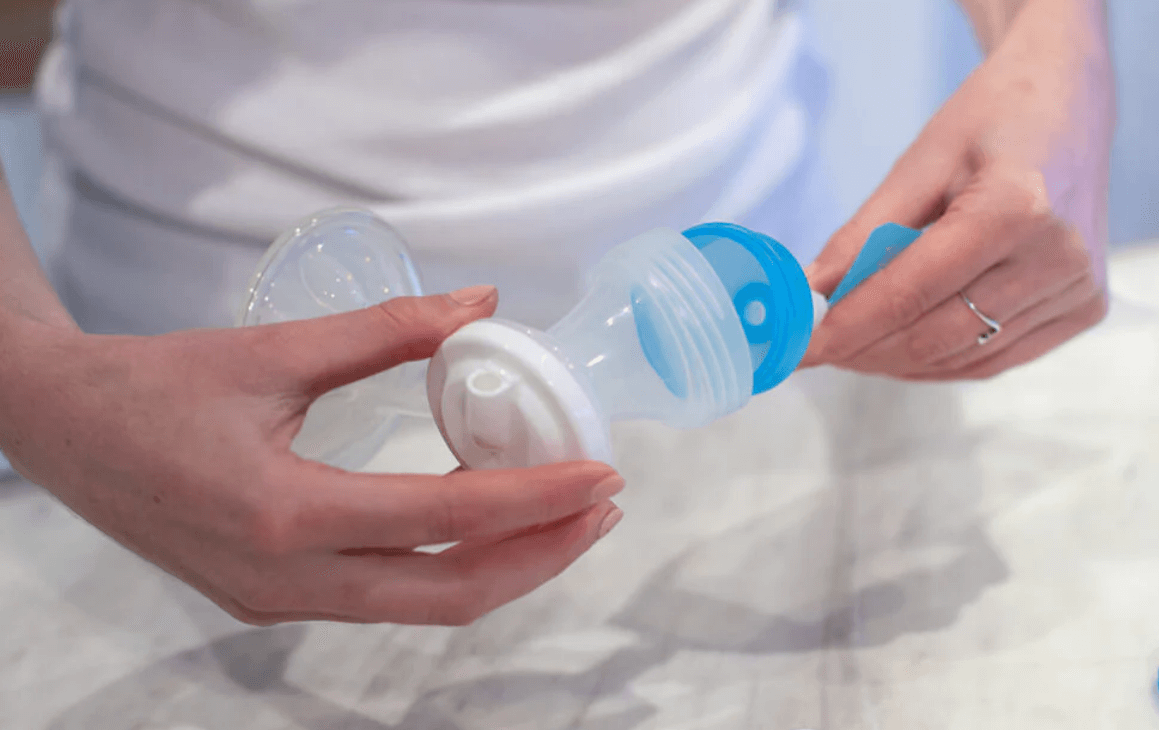Embarking on Solids: A Guide to Introducing Solid Foods to Your Baby

As your little one blossoms and reaches new milestones, the time inevitably comes when breast milk or formula alone can no longer suffice for their growing needs. It's a pivotal juncture for parents, transitioning your baby to solids, and it can feel like uncharted territory. But fear not! We're here to provide guidance through this crucial phase of your baby's development, with insights from Pediatric Speech Pathologist, Kate Roberts. Let's delve into her expert advice.
Signs of Readiness
Q. How Do I Know When My Baby Is Ready For Starting Solids?
Determining your baby's readiness for solids can be nuanced, as every little one is unique. However, both the Australian Government and the World Health Organisation (WHO) suggest introducing solids around 6 months of age, but not before four months. Alongside age, key indicators that your baby might be ready include:
- The ability to sit upright with support, like in a highchair.
- Demonstrating good head and neck control.
- Displaying interest in others' food, such as observing you eat or reaching for food.
- Opening their mouth when presented with a spoon.
Getting Started
Q. Starting Solids - How Do I Start?
Once your baby hits the right age and exhibits these readiness signs, it's time to acquaint them with feeding equipment and the new tastes and textures of solid foods.
Feeding Equipment
Familiarize your baby with feeding equipment during supervised playtimes, using baby spoons and allowing them to explore while seated in a highchair. Opt for age-appropriate spoons, initially starting with flatter ones to ease food retrieval. Transition toothbrushes can also enhance their oral awareness.
Texture Exploration
Help your baby acclimate to diverse food textures by beginning with smooth purees. Encourage play with purees on the highchair tabletop, embracing the inevitable mess as they explore bringing food to their mouth.
Feeding Techniques
Q. How Do I Feed Baby?
Position your baby upright in their highchair and introduce foods when they're alert, content, and hungry. Watch for cues indicating disinterest, such as turning away, and pause feeding if needed. Mealtimes should remain enjoyable experiences for your little one.
Food Selection
Q. What Do I Feed My Baby When Starting Solids?
Start with smooth purees, gradually introducing varied thicknesses and textures once your baby adjusts. Introduce one food at a time, allowing several days between to monitor for allergies and familiarize your baby with different tastes.
For the healthiest options, consider making your own purees from fresh fruits and vegetables. The Cherub Baby Steamer Blender offers a convenient solution for busy parents, simplifying the process of preparing homemade baby food.
Remember to continue breast or bottle feeding alongside solid introductions, gradually reducing as your baby's solid intake increases.
Troubleshooting
Q. My Baby Is Refusing To Take Solid Food, What To Do?
If your baby is under six months, allow more time before retrying solids. For older babies, ensure you've implemented the aforementioned tips. Experiment with different purees, ensuring they're developmentally appropriate.
Q. What If Baby Is Throwing Up The Food?
Consistent vomiting warrants a consultation with your doctor to rule out underlying issues.
Final Thoughts
Please bear in mind that these recommendations are tailored for typically developing children. If you have concerns regarding your child's development or any feeding-related issues, consulting with a healthcare professional is paramount.
Embarking on the journey of introducing solid foods may seem daunting, but armed with preparation and a positive mindset, it can be a rewarding experience for both you and your baby!





